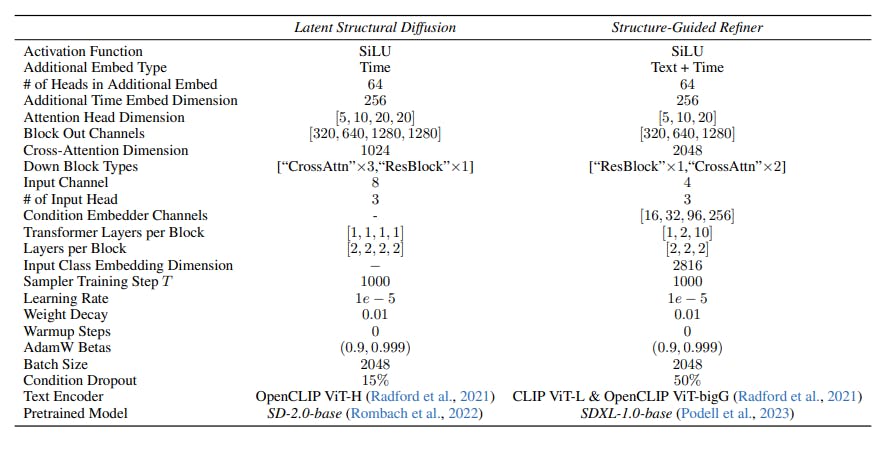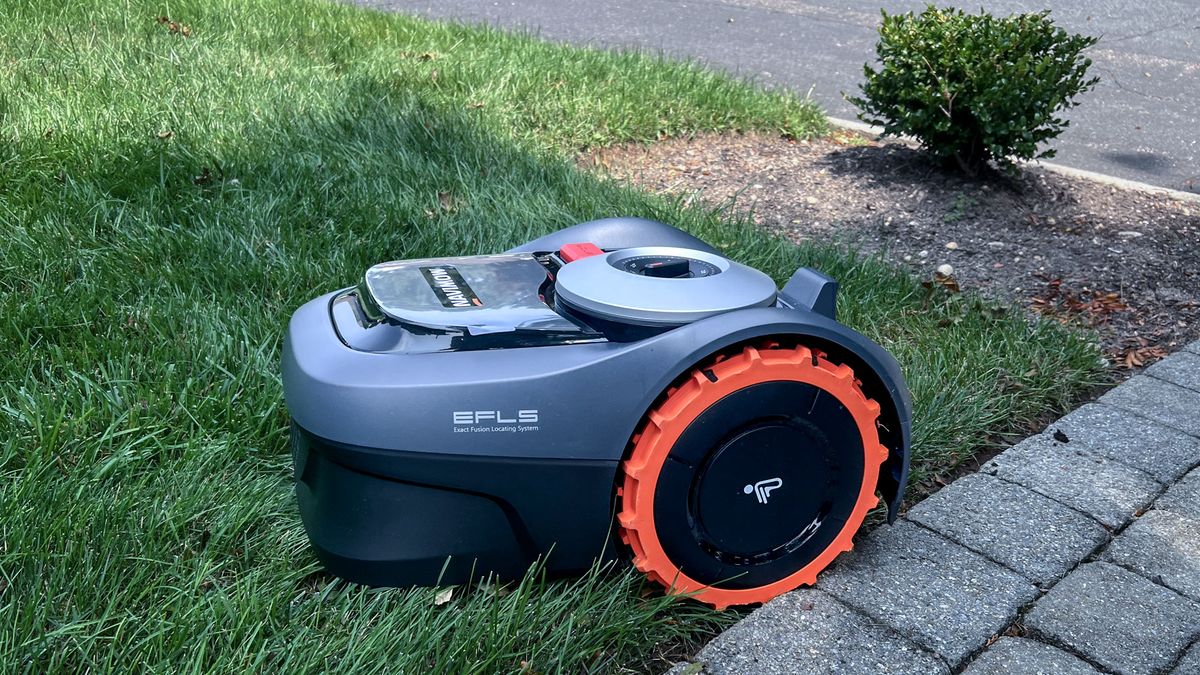In practice, it may not seem like generative AI has brought about major revolutions for end users. Some say it is stagnating, in fact. Even so, what companies have done is spend real fortunes on developing it. So much so that the investment in 2024 far exceeds that made in 2023.
500% more than in 2023. According to a recent study by Menlo Ventures, spending on generative AI increased six-fold in 2024, going from $2.3 billion in 2023 to $13.8 billion in 2024. It did so across the board, and the trend has been clear in recent years. last months: spend to (perhaps) end up making that investment more profitable in the future.
Unbridled optimism. Companies have made a notable commitment to this segment: the report represents 600 technology companies with at least 50 employees, and shows two things. The first, that optimism is very high — 72% of decision makers expect broader adoption in the short term. And the second, that these companies that invest in AI are trying to identify specific use cases that generate returns. This means that large-scale transformation is yet to come, and for now these bets solve very specific problems.


Growth everywhere. The Menlo Ventures study reflects how the growth in generative AI spending has affected all types of areas, from foundational models such as GPT-4 or Gemini to investment in vertical segments such as health, law or services. financial, where the figures have multiplied by 12.
OpenAI loses relevance, Anthropic gains it. Curiously, the report shows how there has been a singular change of prominence. OpenAI’s market share went from 50% to 34%, while Anthropic’s doubled from 12% to 24% in the last twelve months. Meta remains at 16%, while Google goes from 7 to 12% share and Mistral from 6 to 5%.
Three foundational models on average. Another interesting conclusion is that companies that develop LLMs do not focus on one: they develop on average three different ones of different sizes or with different approaches to offer one or another to their clients depending on the task and use scenario.


Generative AI conquers programmers. The most obvious example of the conquest of generative AI has occurred in the world of programming. It is the most notable use case according to the study, while launching support chatbots or even generating meeting summaries are also popular.
Proprietary models win. Although Open Source models like Llama are especially important for independent developers and small startups, the truth is that proprietary models are absolute protagonists and their usage rate is much higher, standing at 81%.
Predictions. The study also tries to propose what the major short-term trends are and leaves three conclusions. The first, that AI agents pose the next great revolution in generative AI. The second is that those who dominate the market today may not do so tomorrow and there may be important movements in the sector. And third, that the shortage of talent in this area will intensify and that will lead to salaries for experts being even more notable and could be multiplied by two or three.
burning money. The study is a ratification of what we have been seeing all these months in AI companies: the investments in infrastructure are gigantic, the financing rounds colossal, but the economic return is currently symbolic. The best example of this is OpenAI, which in fact has already warned that it will not be profitable until 2029. This gives a good account of the mess they and their investors are in, and it does not seem that their competitors are in a very different situation. .
Image | WorldOfSoftware with Freepik Picasso
In WorldOfSoftware | OpenAI is burning money like there is no tomorrow. The question is how long can he last like this?











